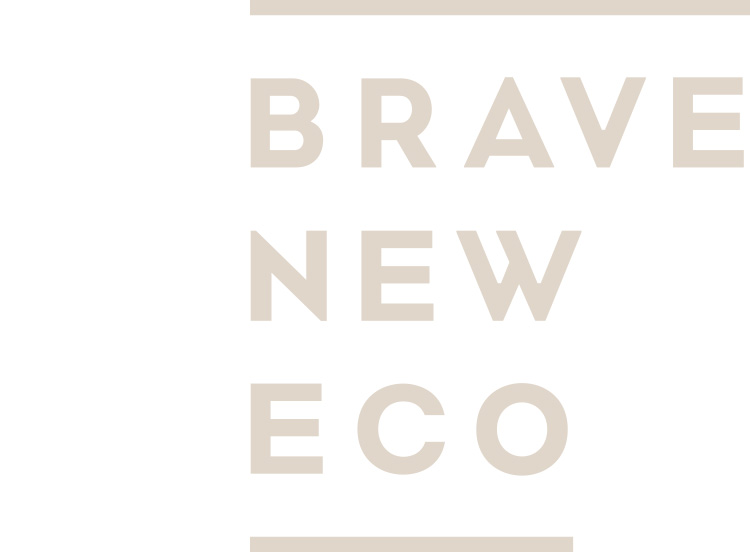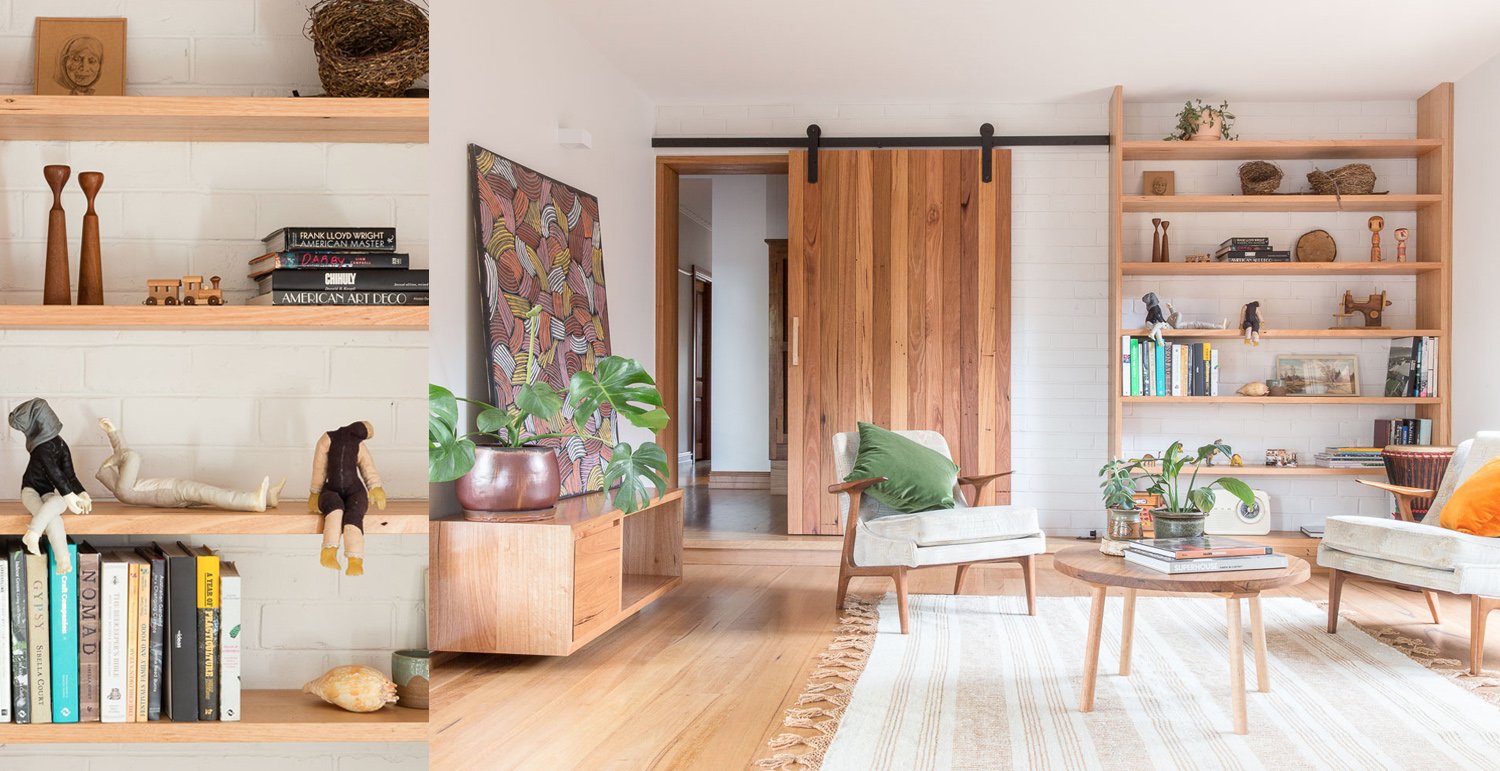BRAVE NEW ECO IMPACT REPORT: PART 3
At Brave New Eco we specialise in transforming existing buildings. This is a very intentional approach, with a strong focus on the existing built environment, and a resourceful approach to create smaller more efficient existing buildings that are upgraded for the future. Our design and performance solutions must be nuanced and project-specific, and they are not as straightforward to track as new builds.
The Nathers energy rating scheme is not designed to rate upgrades to an existing house effectively. There is currently development funding to have this aspect of the tool available by mid-2025.
So that we can understand what has been achieved and where we can make improvements in the future, we have created an in-house performance tracking tool that measures the sustainable design outcomes of our projects. We have tracked all of our completed residential projects that contained a build component from 2013- 2022, and we are tracking our current design and build projects using this tool at a design level as part of our process.
We have measured the following areas across our completed projects to date:
INCREASING THE ENERGY EFFICIENCY OF EXISTING BUILDINGS
Existing buildings are measured by the increase in energy efficiency from the original conditions.
100% of our residential renovation build projects that were rated by NaTHERS for building performance, increased in energy efficiency.
75% of our residential renovation build projects that were rated by NaTHERS for building performance, increased in energy efficiency by 70% or over from the original rating.
DESIGNING SMALLER FAMILY HOMES
The average Australian home is between 232 and 252m2. The average size for the freestanding family homes we have designed is 170m2, between 50-80m2 UNDER the national average.
70% of the projects with an extension increased the building area by less than 20%.
90% had a building area to less than 210m2.
60% had a the building area to less than 180m2.
HARVESTING RAINWATER
100% of our projects have included onsite rainwater collection through rainwater tanks plumbed for use inside the home.
GENERATING RENEWABLE ENERGY ONSITE
64% of our projects have included onsite renewable energy generation via photovoltaic panels.
INSTALLING RENEWABLE HOT WATER HEATING
64% of our projects have installed heat pump hot water heater technologies or solar hot water heating systems.
The remainder have been made upgrade ready when the current system ends its useful life.
UPGRADING INSULATION
100% of our project retrofitted insulation into the existing building into the roof space and/or walls and/or under floors.
DRAFT PROOFING AND GAP-SEALING
100% of our projects sealed wall-vents, fireplaces and gaps.
INSTALLING ENERGY-EFFICIENT WINDOWS
100% of our projects used thermally broken double glazing on all new windows.
ADDING NORTH AND/OR WEST EXTERIOR SHADING
100% of our projects added exterior shading systems.
DESIGNING FOR PASSIVE VENTILATION
100% of our projects were designed for cross-flow and/or passive stack ventilation.
INCLUDING INTERNAL THERMAL MASS
53% of our projects introduced thermal mass capacity to the interior of the building.
UPGRADING TO ENERGY-EFFICIENT LIGHTING
100% of our projects used LED lighting throughout.
INSTALLING RECYCLING AND ORGANIC WASTE SEPARATION SYSTEMS
73% of our projects included dedicated indoor waste sorting systems including compost collecting systems.
INSTALLING INDOOR AIR DRYING SYSTEMS
100% of our projects installed indoor air drying solutions to reduce the use of dryers.
TRANSITIONING HOMES TO RENEWABLE ENERGY
36% of our build projects have converted to all-electric operations. The remainder have been made electric-ready, retaining existing high-efficiency appliances in as new condition to prevent waste. Although this is difficult to measure, In some cases, we believe the embodied energy of replacing them early would outweigh the energy savings over that time period.
From 2022 we are aiming to have 90% of our build projects converted to all-electric operations.
Our 2015 project bungalow upcycle reduced the size of the original home by




